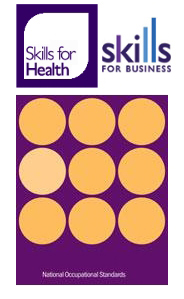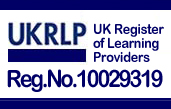This is a required course in phlebotomy programs, the teaching of the common practices of phlebotomy for adults and children. Students learn to draw blood safety and efficacy of using methods of venipuncture and capillary puncture for adults and children, and finger sticks or heel sticks for infants and toddlers. No practices of blood sampling are often part of the curriculum.
Phlebotomy courses are the preparation against the contenders for proper infection control. Receive instructions on preparing the site of blood draw, how to choose the right tools for the collection and how to handle the transportation, treatment and management of the collected samples. Medical and legal ethics as it relates to phlebotomy services are also taught.
Phlebotomy courses are the study of medical terminology to facilitate communication between physicians and laboratory on sample requests and minimize errors and confusion. The medical terminology class includes an overview of the prefixes, suffixes and roots of common words used in the field. Students also study the spelling and pronunciation. Medical students typically complete this phlebotomy courses before registering for the practice of phlebotomy.
Practicum students practice blood sample collection and handling skills learned in theory class. They practice these tasks in the arms of adult and pediatric simulation and other students before collection of blood under supervision in the clinical setting. Practice sites may be on campus or off-site laboratories or medical center. Phlebotomy courses are usually taken after a lecture, and other required courses in phlebotomy, and medical terminology or anatomy and physiology






